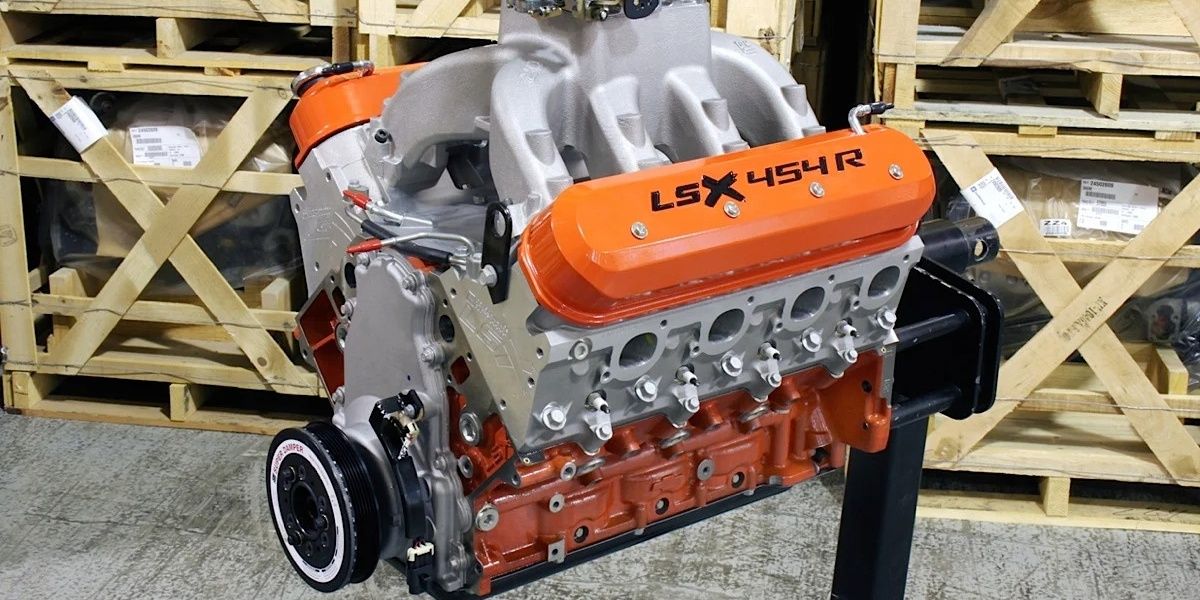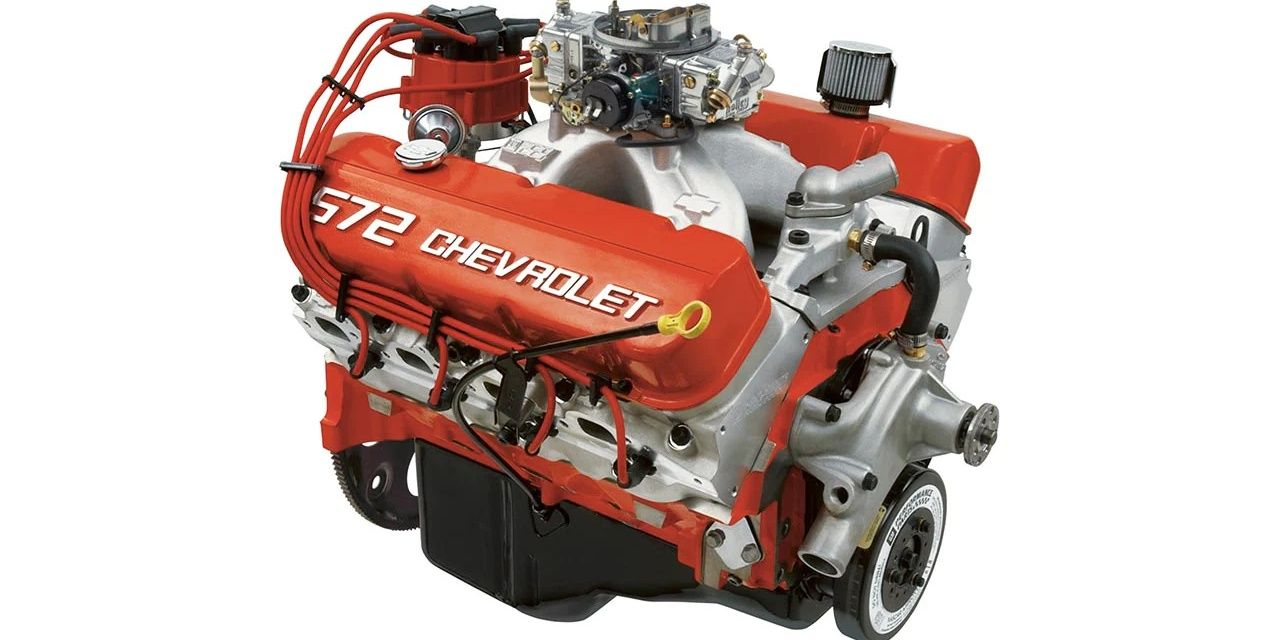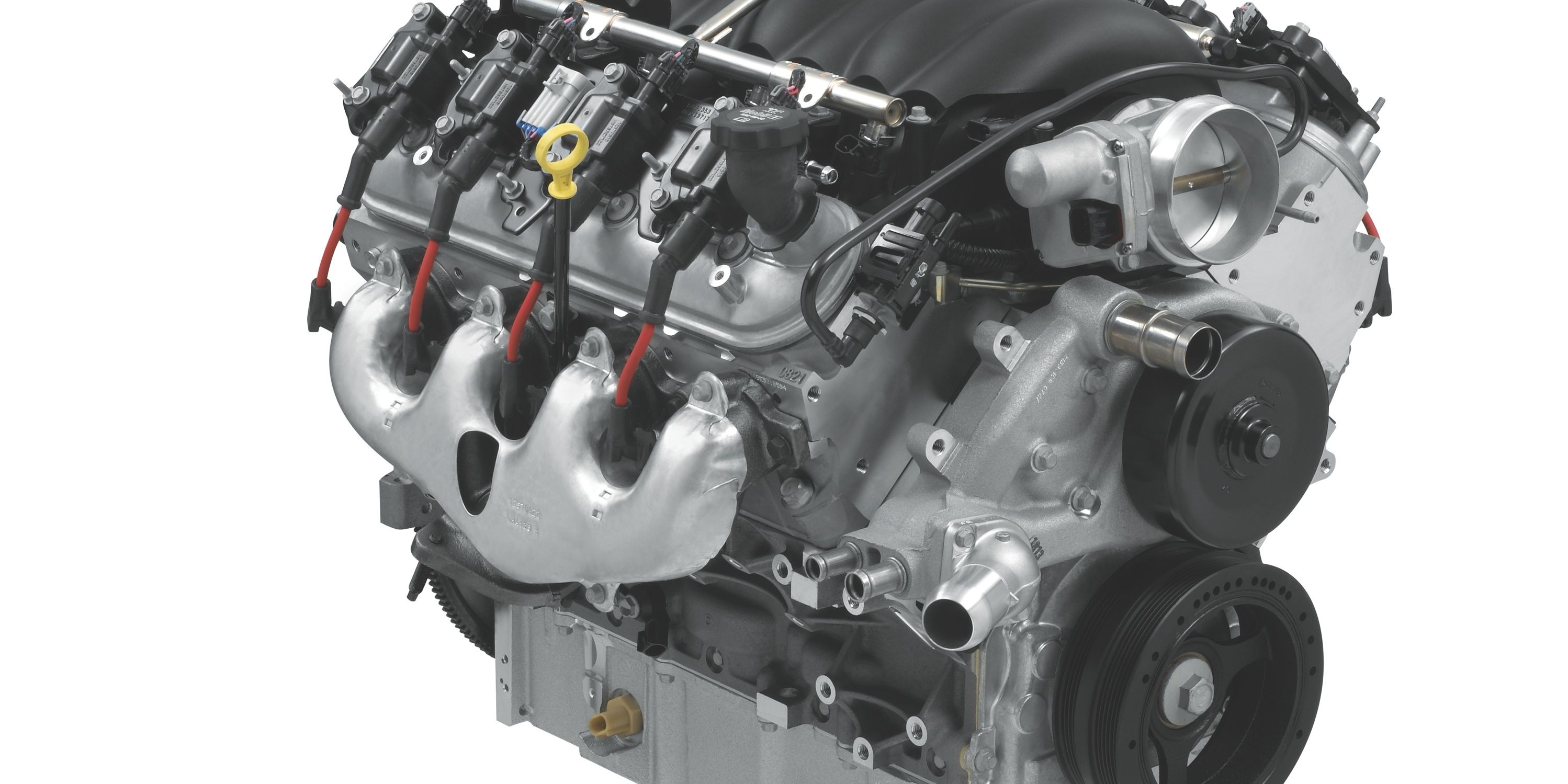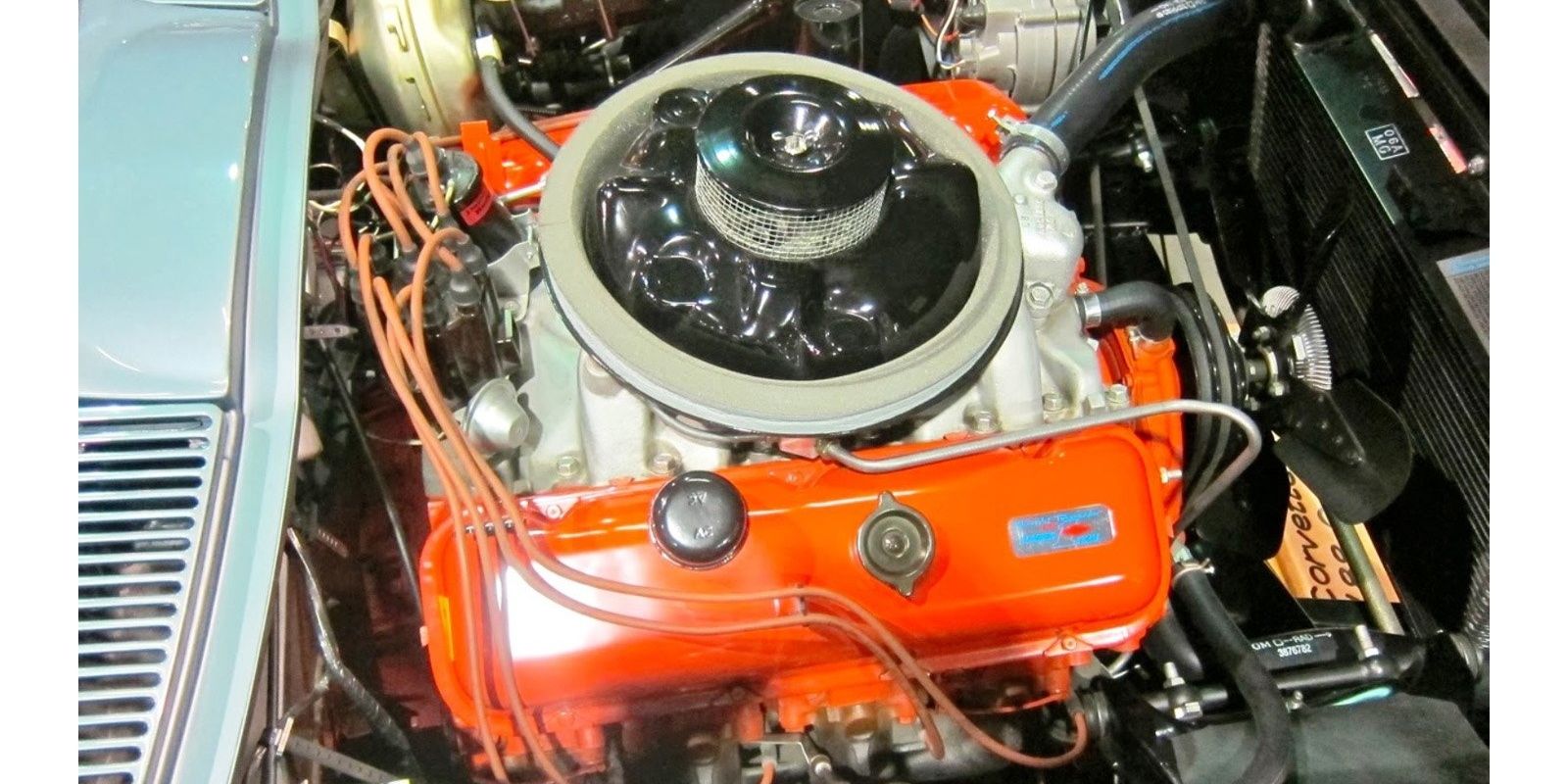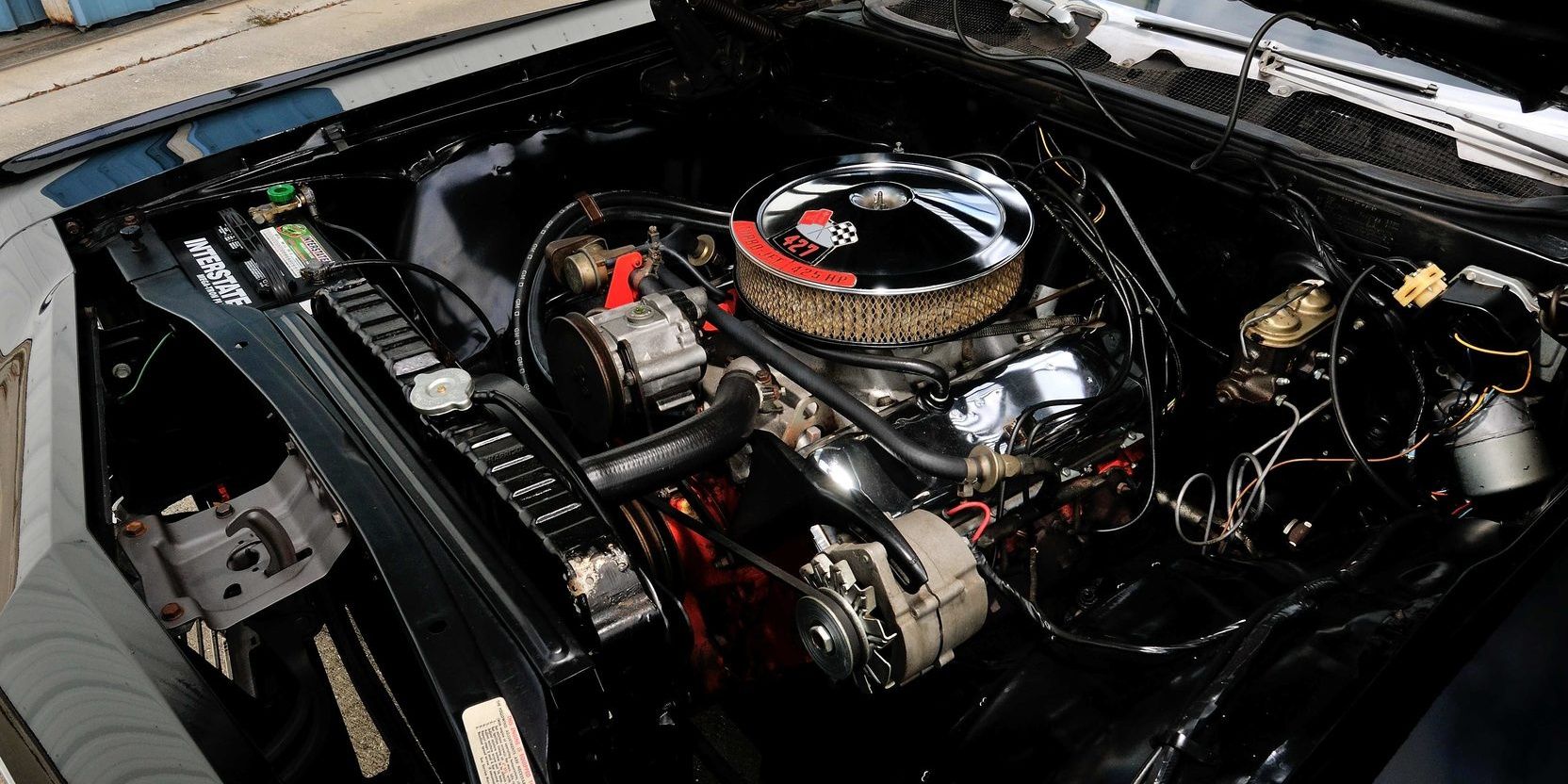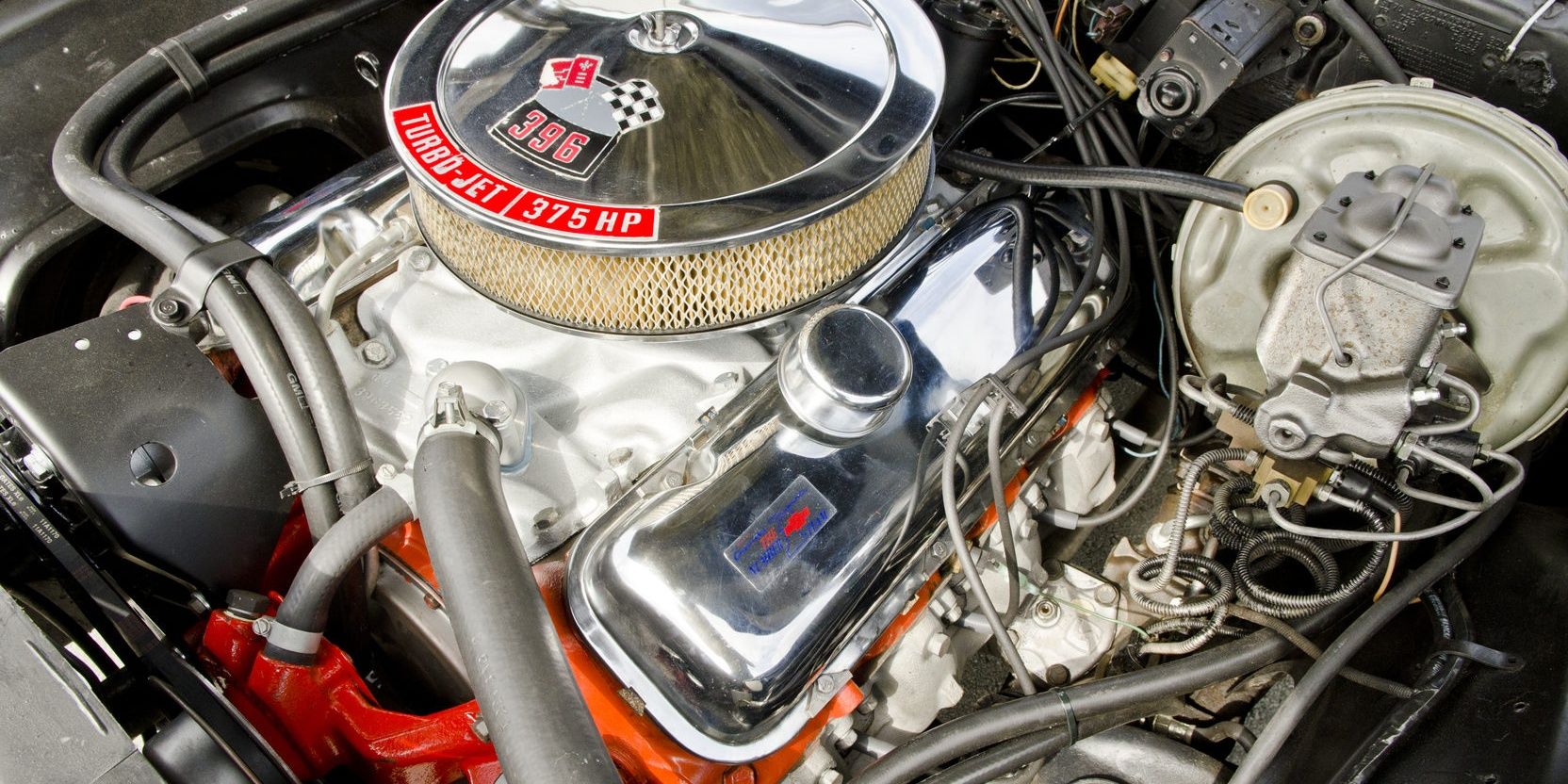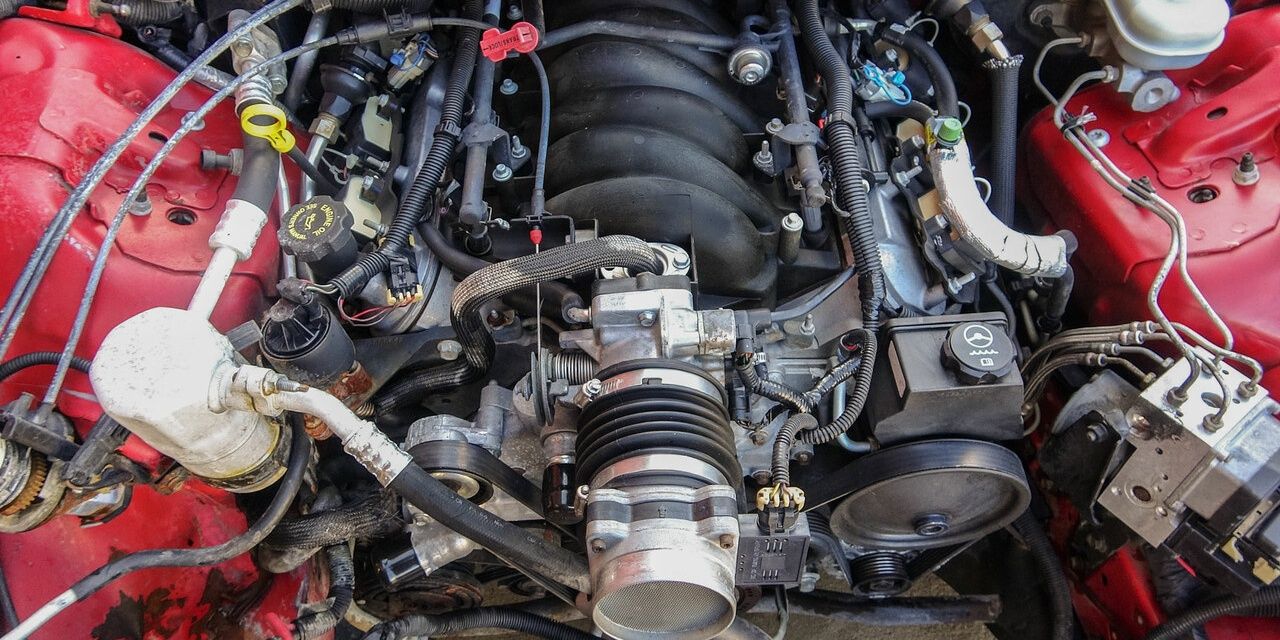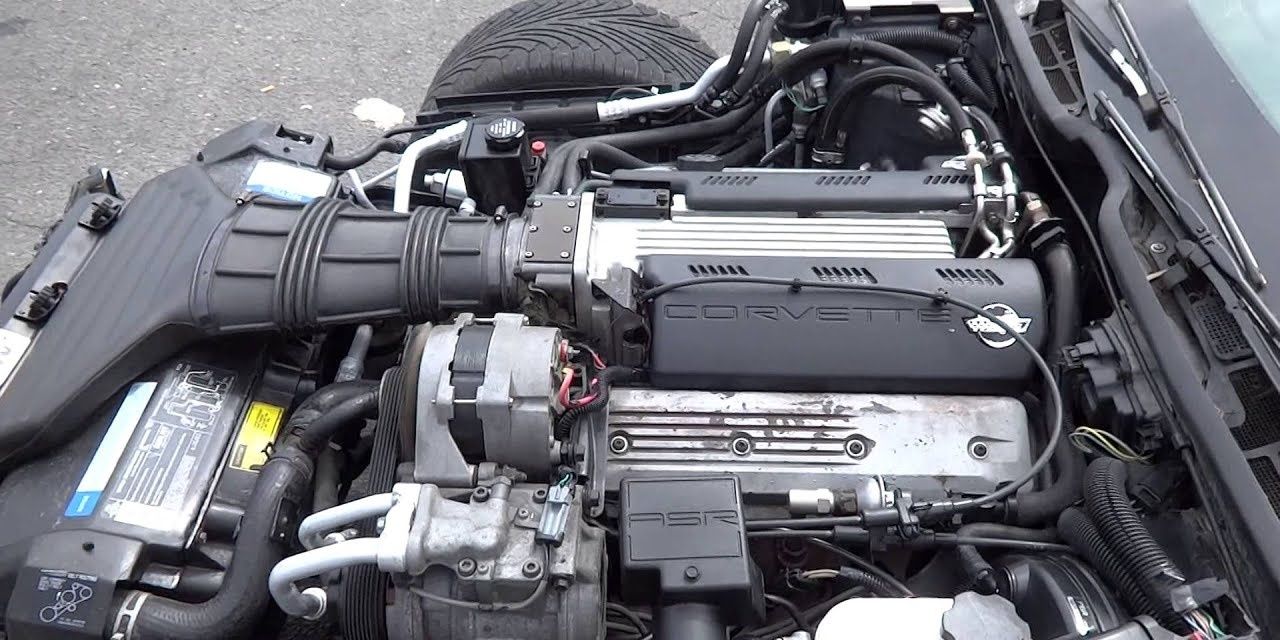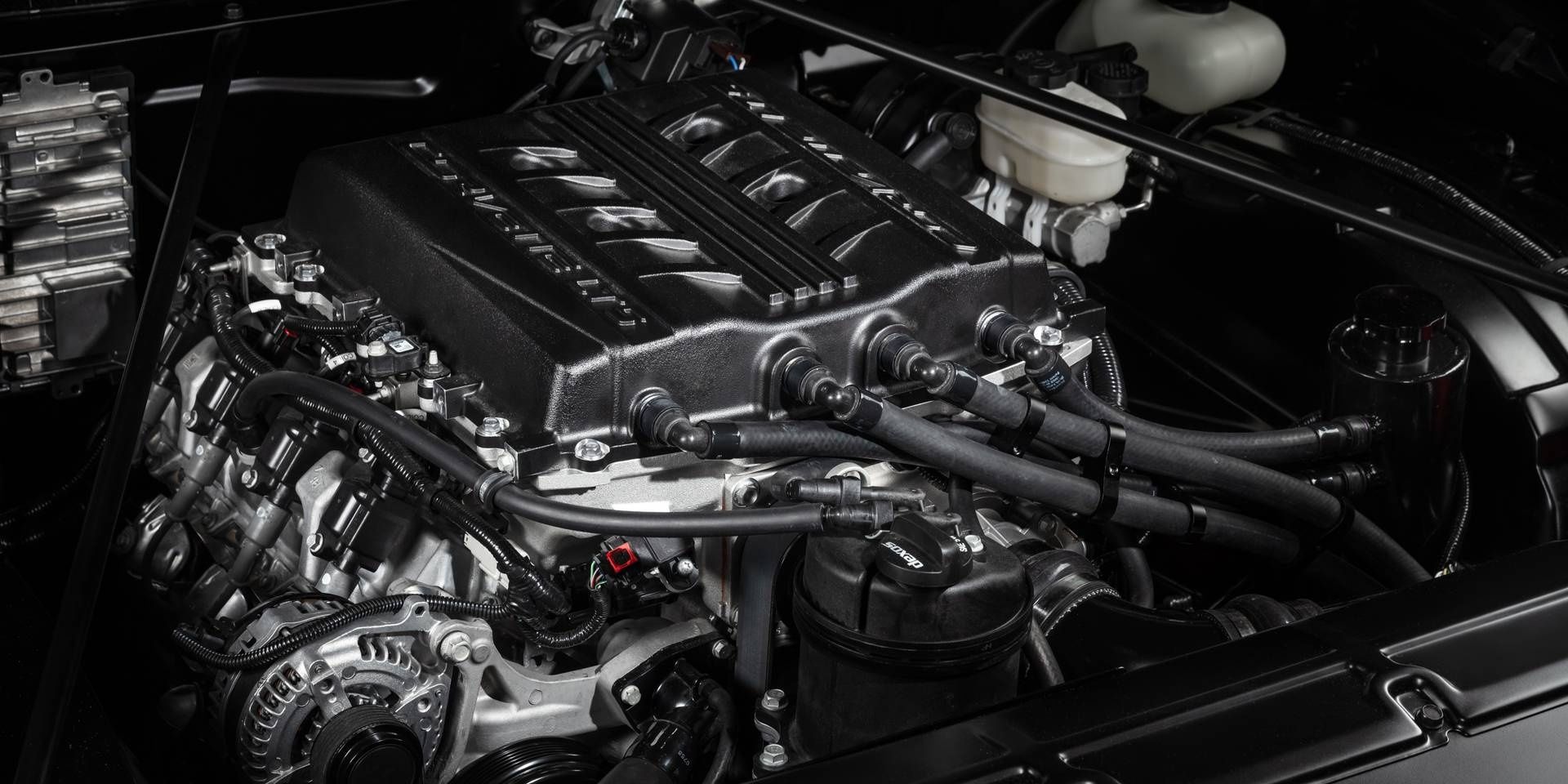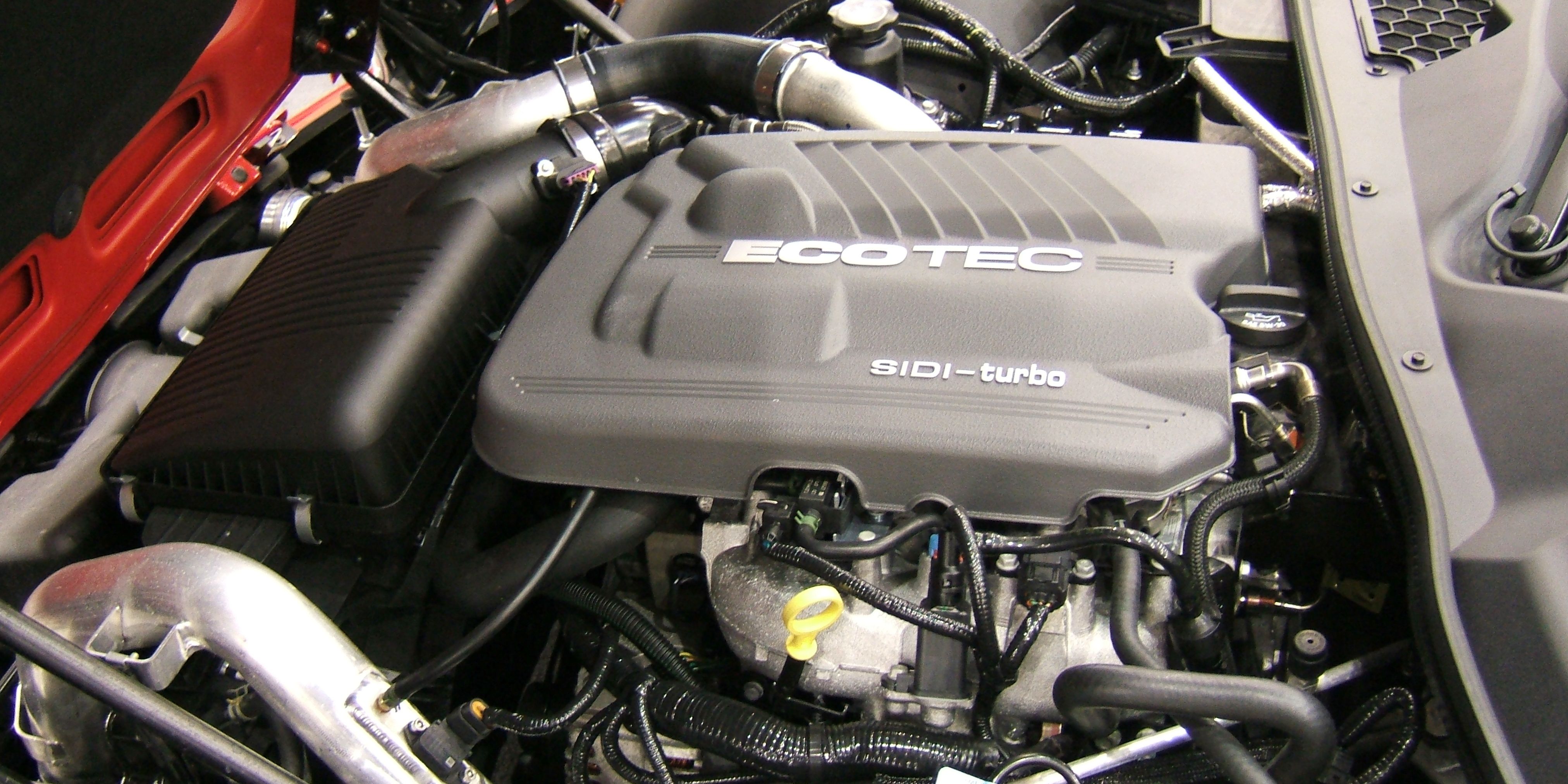Chevrolet has built some of the most powerful engines to date. What's more, is it seems to have a knack for building not just powerful, but reliable and cheap engines as well. They're accessible, have tons of support from enthusiast communities, and parts are readily available. There's almost no downside to swapping a Chevy V8 into any car, except the problem of passing emissions. However, Chevrolet already has that covered, so long as the E-Rod is the engine of choice.
Here are some of the best engines Chevrolet has ever built for road and race cars.
10 ZZ572
Another weapon from the Chevrolet crate engine arsenal is the ZZ572/720R. This big block makes 727 horsepower using an all forged rotating assembly, including aluminum pistons, steel connecting rods, and a steel crankshaft, topped off with aluminum cylinder heads. It's also ready to go from the factory. This is a racing engine, as such it runs best on 110-octane which can be difficult to find outside of a race track or airport. Of course, it's pushrod actuated, which means it uses a single camshaft located inside of the engine block.
9 LSA E-Rod
The LSA E-Rod is a blessing upon tuners in California. The LSA E-Rod is a small-block V8 that makes 556 horsepower and comes fully dressed from the factory. This engine may look familiar to enthusiasts of the Cadillac CTS-V, as it's the same supercharged 6.2-liter that appeared in the four-door luxury sedan. While the power is more than adequate, its strongest trait is that Chevrolet made it emissions-compliant for cars from 1995 and older. It uses an aluminum block with hypereutectic aluminum pistons, a hydraulic roller camshaft, and a forged steel crankshaft.
8 L88
Chevrolet's L88 was only around in Corvettes for a few years from 1967-1969. Its purpose was to bury Ford's relentless powertrains, which it did with gusto. Rated at 430 horsepower from the factory, individual dyno tests place this number closer to 540. Atop the L88's iron block sat aluminum cylinder heads and inside pumped forged aluminum pistons and a forged steel crankshaft. The engine proved robust although it was only in Corvettes at the end of the '60s, Chevrolet kept producing it and even today a newer version is available, called the ZZ427/480.
7 L72 TurboJet
Just one year before the L88, Chevrolet had the L72 which was its most powerful engine at the time. It had several defining characteristics, including cylinder heads with rectangular ports, an aluminum intake, and large exhaust manifolds that edged more toward higher-flowing headers. This engine produced 425 horsepower with 11:1 compression and a 780 CFM 4-barrel carburetor. These specs were exclusive to the Corvette in 1966, while full-size cars like the Impala got the L36, a 385 horsepower version of the 427, and only got the Turbojet in 1968-69.
6 L78 Turbojet
Chevrolet released its L78 in 1965 as the first big-block V8 that went into a Corvette. While this engine did make 425 horsepower, its strongest attribute lay in its robust design. It used an iron block with iron cylinder heads, a forged steel crankshaft, and aircraft-grade rod bolts. Its valves were canted away from each other, which allowed more exhaust flow, and atop the block sat a high-rise aluminum intake to maximize airflow. Individual tuners have found that the engine made more horsepower than Chevrolet let on, at least in 1969.
5 LS1
The smallest engine thus far on this list, the LS1 is nothing to be sneered at. In fact, there are a few reasons enthusiasts frequently belt the adage "LS-Swap". It's a small engine and light on its feet, making 350 horsepower from 5.7-liters. Its block and cylinder heads are aluminum, housing a cast-iron crankshaft and hypereutectic cast aluminum pistons. Though almost none of the LS1 is forged, it's gained popularity partially because it's cheap, easy to find, and reliable. The LS1 abounds in C5 Corvettes and early 2000s Camaros.
4 LT1 (1992)
After the oil and efficiency debacles of the 1970s, V8s didn't start to make a comeback until the mid-late 1980s. In 1992 Chevrolet released a beast to bring the V8 back to fighting form. In 1992 the L98 bowed out, making room for the LT1. It used a cast-iron block and crankshaft, with aluminum/silicon alloy pistons aluminum cylinder heads to make 300 horsepower. It also used a reverse-cooling system, where the cylinder heads received coolant before the block, thereby allowing the combustion chambers to operate at higher temperatures.
3 LT5
The LT5 suffered a tumultuous genesis in the early 1990s when it was released in the C4 Corvette ZR-1. It was all aluminum and made 375 horsepower with the help of dual overhead camshafts. Sadly it only lasted until 1995, with a new generation seizing in mid-development. In 2019 Chevrolet brought the ZR-1 Corvette back to its lineup with a new LT5. It used an aluminum block with a forged-steel crankshaft, forged pistons and push-rod actuated valves. With a big supercharger on top, the new LT5 made 755 horsepower, the most powerful engine ever placed in a production vehicle from Chevrolet.
2 LSX 454R
One of the greatest arsenals at Chevrolet's disposal is its line of crate engines. Chevrolet's big-block LSX454R is a crate engine designed for drag racing. It's 7.4-liters in displacement and produces 776 horsepower, making it the most powerful LS engine. Every aspect of this engine is directed to create as much power as possible. The intake is open-plenum, which helps make more power at higher RPMs, and the LSX's aluminum heads allow heaping surges of airflow. This engine costs about $21,350 but when fitted into a cramped fifth-generation Camaro it'll be obvious where that money went.
1 LNF Ecotec
If anything can serve to prove that Chevrolet and its plethora of V8s wasn't just a one-trick-pony for performance, it was the LNF Ecotec. This was an inline-four that came in a few sizes, but the most powerful variant was built to the tune of 2.0-liters and produced 260 horsepower with the help of a turbocharger. This engine went into the Cobalt SS, a front-wheel-drive sedan. The LNF used an aluminum block and cylinder head with dual overhead camshafts and could propel the car to 60 mph in 5.5 seconds.

